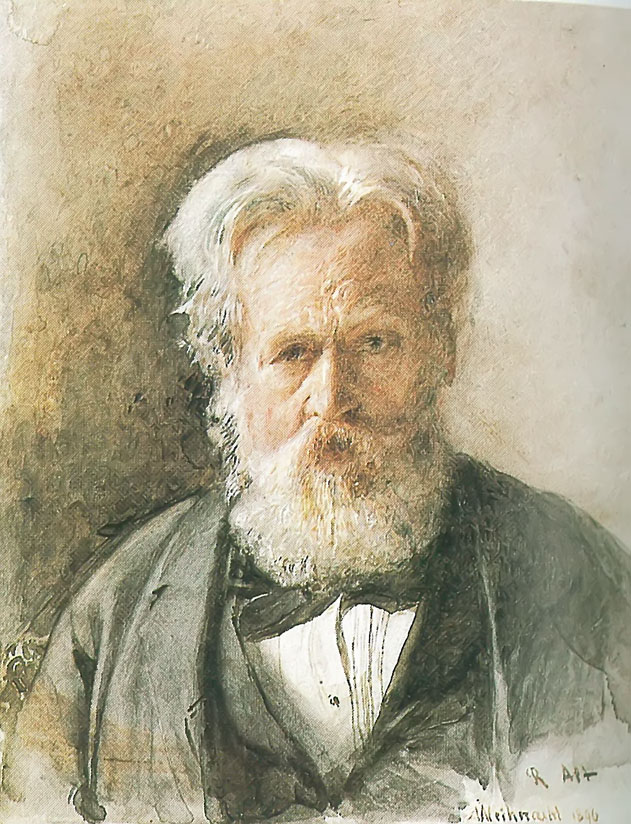
The focus of my blog today is to look at the life and work of the nineteenth century Austrian painter Rudolph Ritter von Alt. The word “Ritter”is used as a title of nobility in German-speaking areas. It translates approximately to the British designation “Sir”, denoting a Knight. It is not a first or middle name of the person. The artist was born Rudolph Alt and used the title of a Ritter after he gained nobility in 1889.
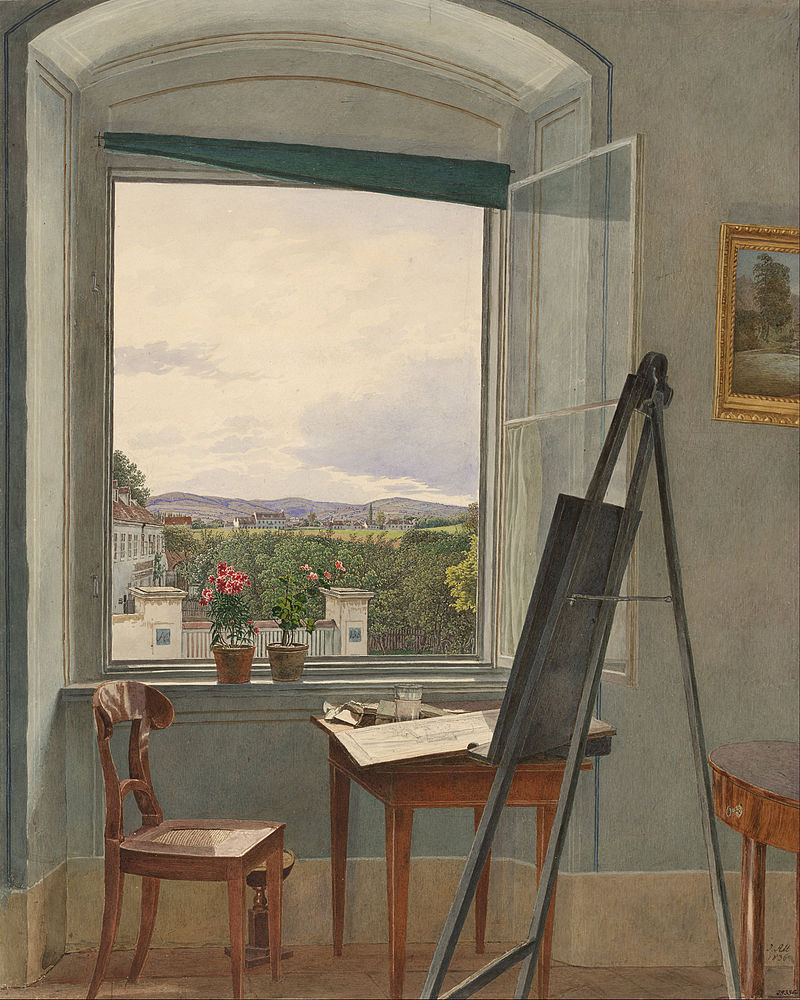
Rudolph was born in Vienna on August 28th 1812. His father, Jakob Alt, the son of a carpenter, was a German landscape painter and lithographer who was born in Frankfurt am Main in 1789 where he received his first artistic tuition and later moved to Vienna where he enrolled at the city’s Academy of Fine Arts. Jakob Alt travelled through Austria and Italy, hiking through the Austrian Alps, all the while painting scenes of beauty. He also depicted many scenes of the neighbourhood along the River Danube and in the city of Vienna.

Rudolph Alt had a younger brother, Franz, who was nine years his junior and who also became a famed Austrian landscape painter. His work can be seen in the collection of the Metropolitan Museum of Art, the Cooper Hewitt Museum (Smithsonian), the Albertina Museum, the Museum of Fine Arts, Budapest and other international collections.
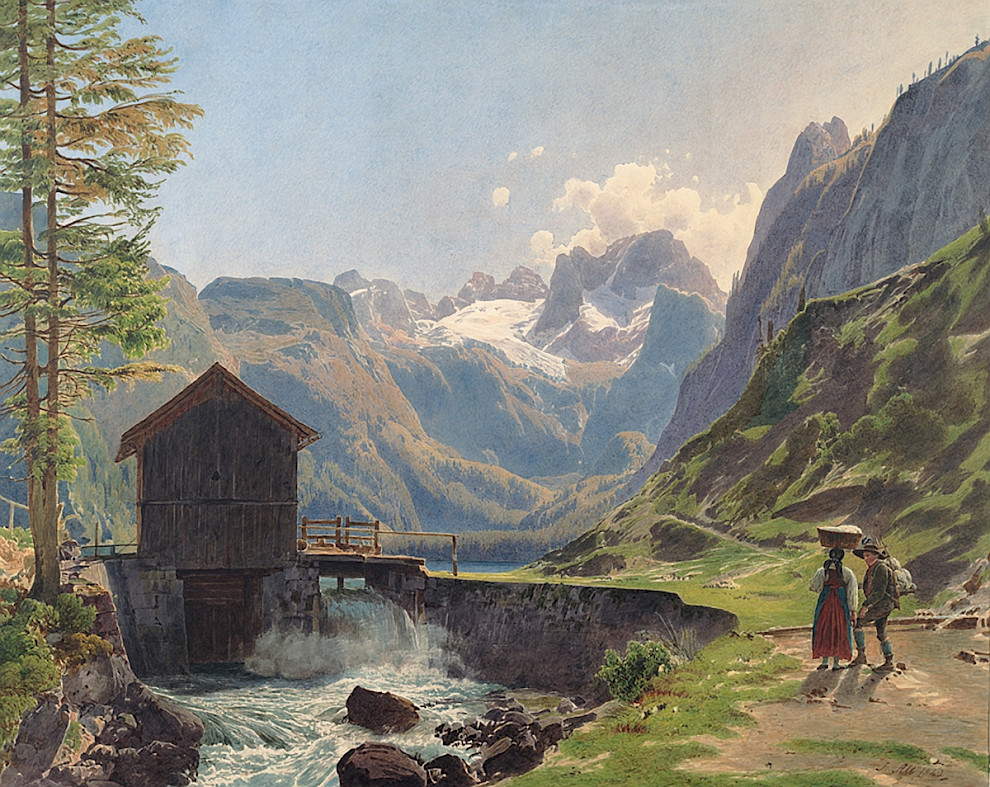
Rudolphe, like his father before him, went on many hiking-trips through the Austrian Alps and northern Italy and fell in love with the spectacular landscapes he witnessed.
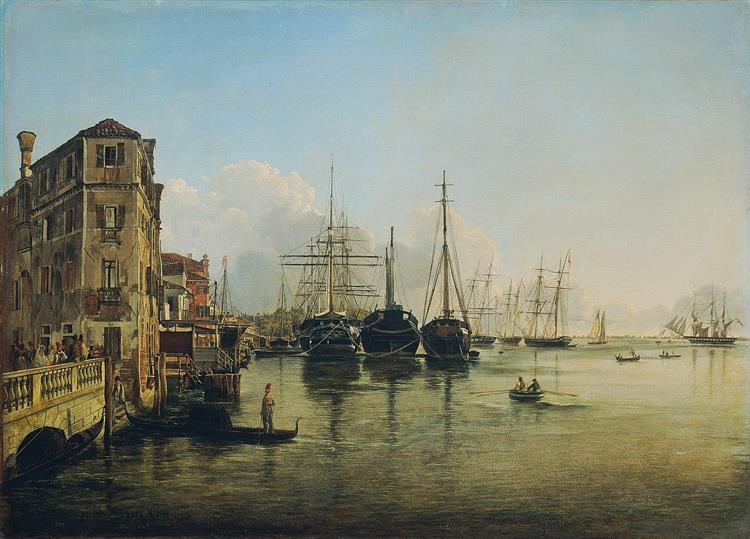
In 1833, he travelled to Venice where he pictorially recorded his visit. He was inspired by the city of Venice and took the opportunity to visit neighbouring areas as well as the Italian capital, where he completed a number of architectural paintings
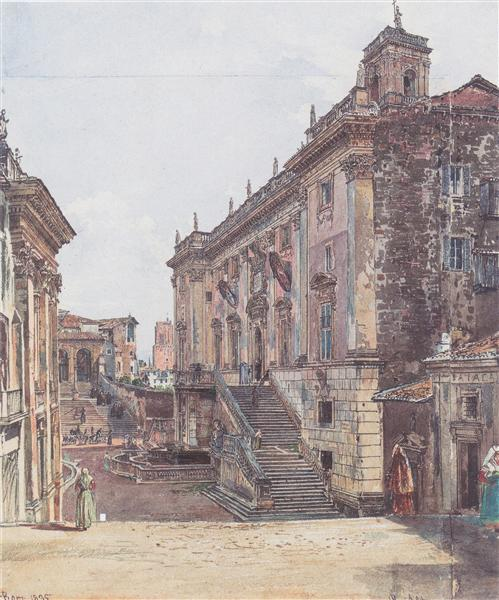
Rudolphe von Alt was a talented watercolourist and during his journeys around Italy he completed many watercolours featuring various Italian cities.
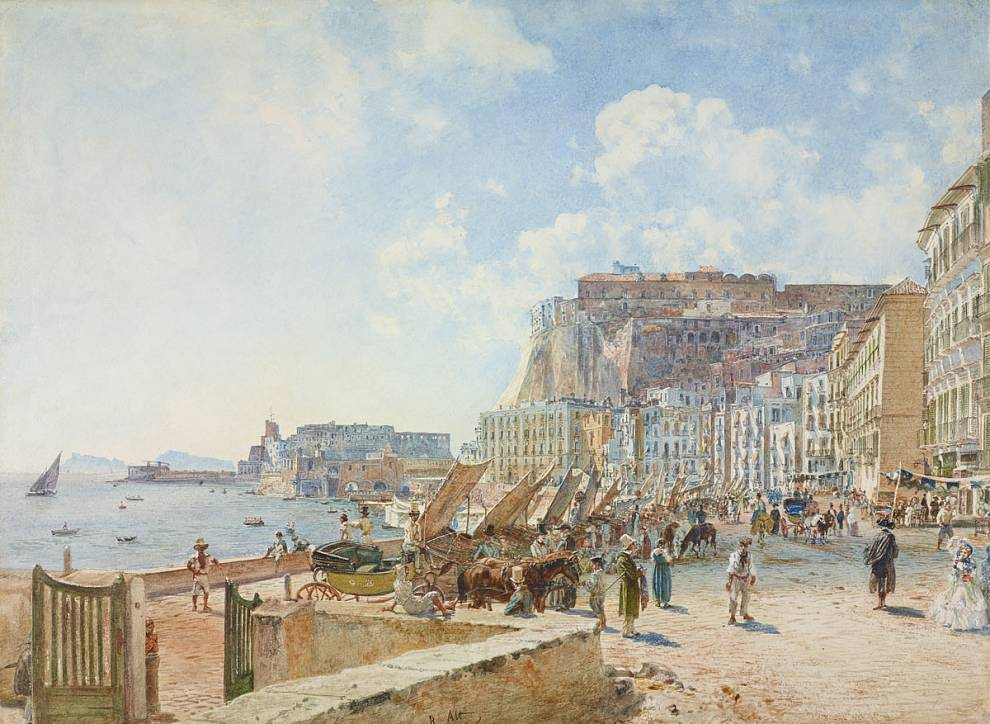
In 1830, five years before he took the throne, Emperor Ferdinand I of Austria started to develop a plan which entailed the commissioning of paintings depicting the most beautiful views of the Austrian Empire. Jakob Alt, and his eldest son, Rudolf were two of the commissioned artists and between them they painted about one hundred and seventy of the three hundred completed works. The project came to an end in 1849 a year after Ferdinand abdicated.




Rudolphe’s watercolour depictions of interiors of wealthy patrons’ residences brought him more recognition from the Austrian public
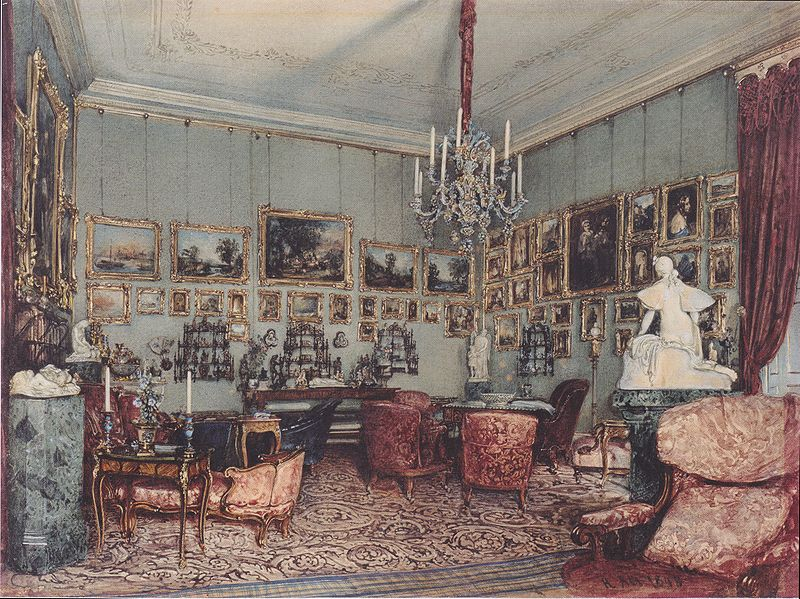


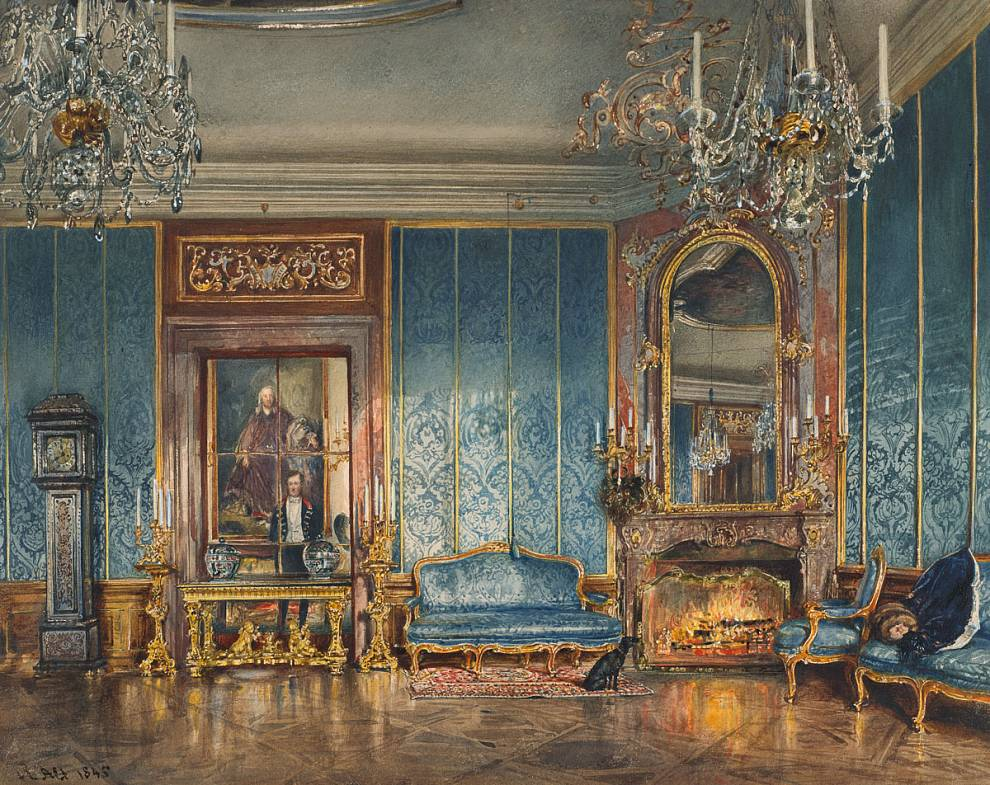
The grandeur of the interior of many palaces was captured by Rudolphe in his magnificent watercolour paintings. Originally the Gothic Valtice palace was founded in the 12th century by the bishops of Passau and in 1530 Valtice became the place of residence of the princely family of Liechtenstein, one of the wealthiest families in Europe.
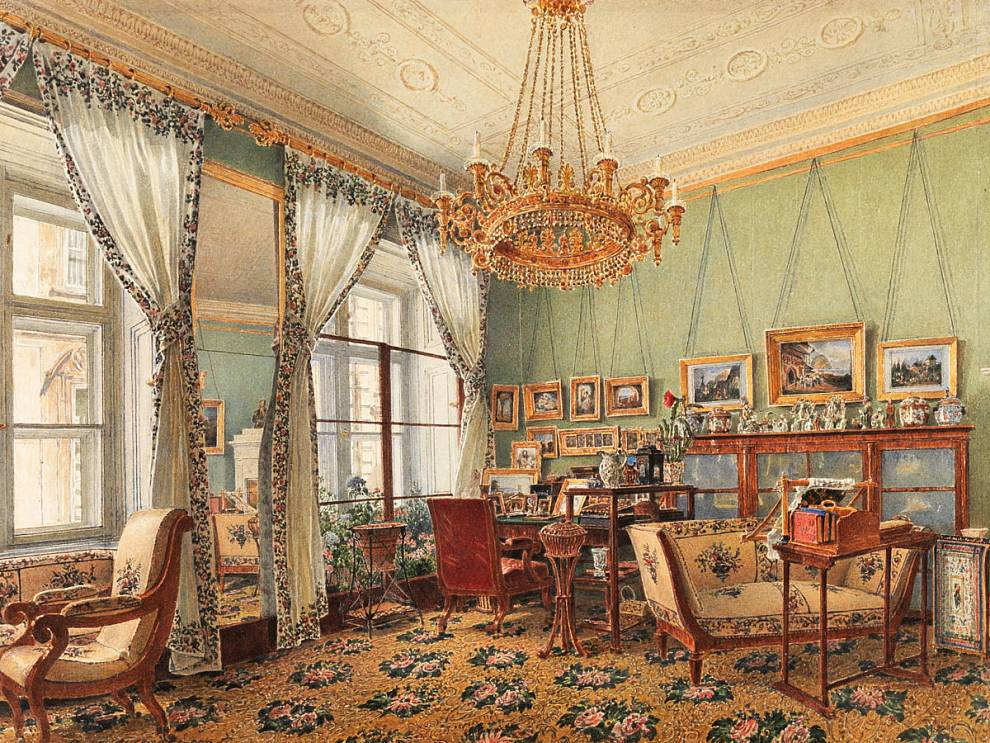
A less formal room was captured by Rudolphe von Alt in his 1836 watercolour entitled Drawing Room at the Rasumofsky Palace. The palace was commissioned by Prince Andrey Razumovsky as a Neoclassic embassy which would be worthy of the representative of the Russian Tsar, Alexander I. It was built at the prince’s own expense on Landstraße, close to the centre of Vienna. Razumovsky then filled the rooms of the palace with antiquities and modern works of art.
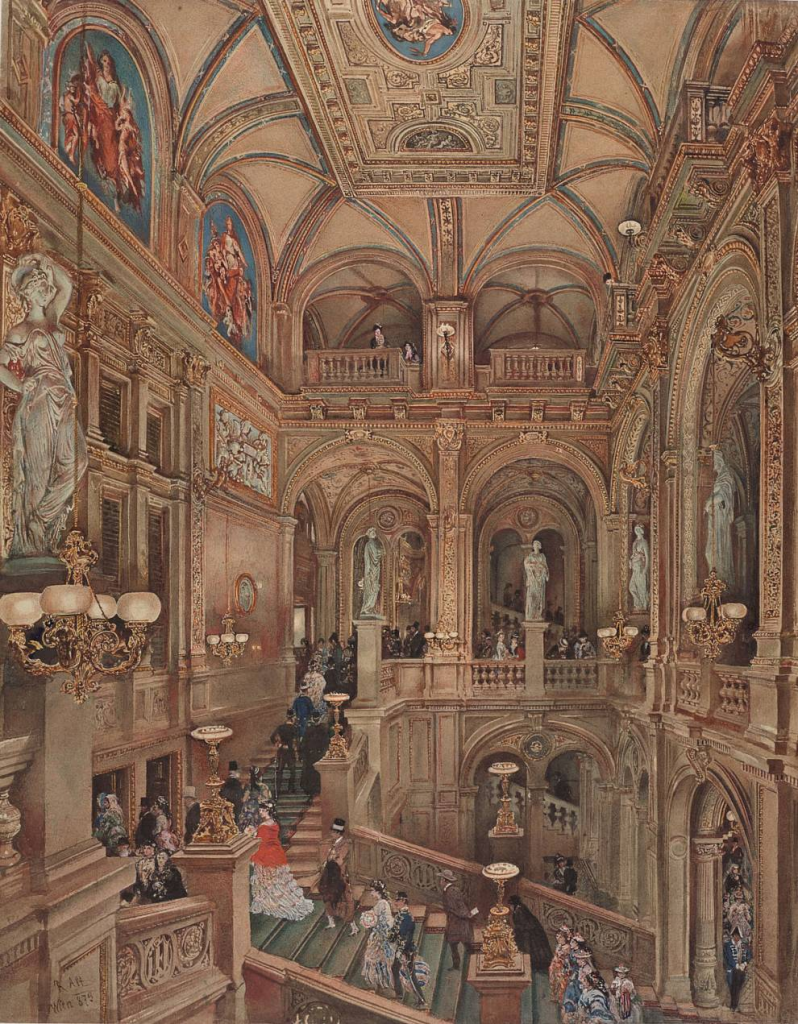
A large number of Rudolphe von Alt’s paintings are held in the Princely House of Liechtenstein collections in Vaduz, Liechtenstein and Vienna. The Princely House of Liechtenstein is one of the oldest noble lineages in Europe being first mentioned in the twelfth century. The Princely House of Liechtenstein is one of the oldest still extant noble lineages in Europe. The first documented bearer of this name was a Hugo von Liechtenstein, mentioned in archival sources dating to between 1120 and 1143.
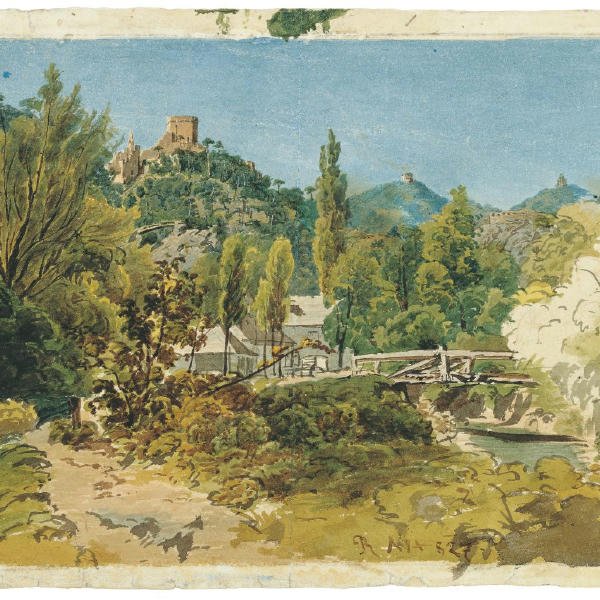
The family’s art collection had its beginnings in the sixteenth century and has been influenced over time by the varying interests of individual princes. The collection has been assembled over several centuries, and now the Collections of the Prince von und zu Liechtenstein are one of the most important private art collections in the world, containing around 1,600 paintings with masterpieces ranging from the early Renaissance to the second half of the nineteenth century, including works by Lukas Cranach the Elder, Quentin Massys, Raphael, Peter Paul Rubens, Anthony van Dyck, Frans Hals, Rembrandt, Ferdinand Georg Waldmüller, Friedrich von Amerling and Hans Makart and today’s artist, Rudolphe von Alt,

Alt demonstrated a remarkable talent for expressing certain peculiarities in nature. He managed to paint nature authentically by focusing on the different hues of sky, the colour-tone of the air and the vegetation.
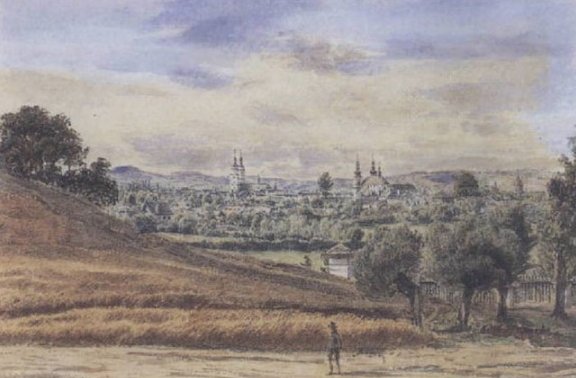
His later works were more Impressionistic in style but maybe above all von Alt will be remembered for his exquisite architectural and indoor scenes, genres that made him famous in Vienna.

Rudolphe Ritter von Alt died in Vienna on March 12th 1905, aged 92. Most of his paintings are held by various museums in Vienna.



:strip_icc()/BHG_PTSN19720-33d9cd22f6ab49e6a21982e451321898.jpg)

More Stories
BSA Film Friday: 11.25.22 | Brooklyn Street Art
FEATURES – Art in VR with Casey Koyczan
Julie Karpodini: Painting Instinct – Jackson’s Art Blog